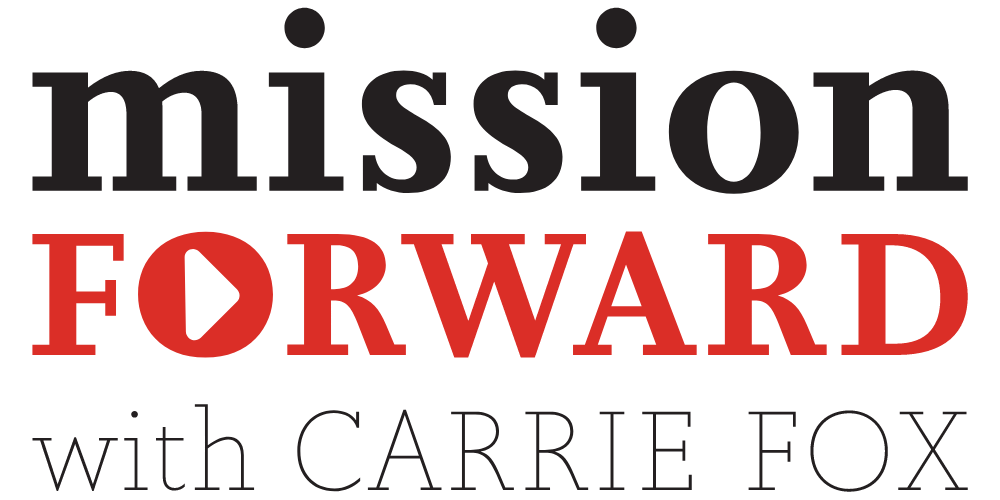The Way Forward.
This article is part of Finding the Words, a newsletter that delivers practical insights on the day’s issues.
Last summer, I was invited to lead a strategic planning session for a local nonprofit during a major inflection point. After a decade of service, this organization had hit what felt like an impossible barrier.
In recent years, their audience had been slowly changing. It was trending younger, more diverse, and with different needs and wants. However, the organization’s primary product hadn’t kept pace with the needs and wants of this new audience. So, audience numbers that were once steadily increasing were now dwindling quickly.
Something needed to change, and fast.
When I read their initial email, I could tell what was at stake. This wasn’t a request to help update a product. It was a request to help save the once-vibrant organization.
Perhaps you’re wondering how they got so far away from their audience. How didn’t they know their core product would need to change? Why didn’t they realize what their new and growing audience wanted?
Often when we hit a barrier, it becomes much easier to see the barrier than anything beyond it. When this group realized their problem, they could no longer see a solution, no longer see a path forward.
This “all is lost” feeling is far more common than you think—particularly when it feels impossible to keep up with the pace of change.
Perhaps you’ve experienced it, too. Have you wondered if you’re falling behind what your community wants from you?
But how to know for sure? One word: dialogue.
Enter Michael Bolden, Executive Director and Chief Operating Officer of the American Press Institute. We featured Michael on the Mission Forward podcast last week, and he touched on this concern so effectively.
Here’s a bit of what he shared:
“It's important to engage people to learn about their concerns, to report on their concerns, to address their concerns, and then to go back and ask them again, "Well, what did you think about what we did? Did we miss something? What did you like? What didn't you like? How was that perceived?"
It’s about engaging members of the community as trusted partners. Because we can't be everywhere, even when we are parts of the community, but we most certainly can reach out to people who are in the churches and the community organizations, people who are assets in the community, and enlist them, be in partnership with them, for the mission that we have. Because when it comes down to it, it's not about the organization. It's about the community, it's about society, it's about the country, and it's about the world.”
It’s not about the organization.
And it’s not about you.
It’s about your community. And when we put them in the center of our strategy, it becomes impossible to lose sight of them- and their changing wants and needs.
As Michael says, when you put your community at the center of the strategy, they can begin to co-create the future with you—informing where you go and partnering with you to get there.
The organization I worked with earlier this summer didn’t fold. They went back to their community and entered into a series of dialogues to determine which parts of their product were still essential and which parts needed to evolve. As it turns out, more was working than wasn’t. And with some adjustments to delivery, their numbers soon started to increase again.
Bottom line: When we’re faced with a barrier, it’s easy to become consumed by the barrier. Focus on looking beyond the barrier. The answer may be right beyond your current line of sight.
This post is part of the Finding The Words column, a series published every Wednesday that delivers a dose of communication insights direct to your inbox. If you like what you read, we hope you’ll subscribe to ensure you receive this each week.







I know the feeling of wanting more from a colleague—and the feeling of personally underdelivering. Even when I’ve given something my all, sometimes the results are less than I hoped. Those moments can be defeating, and they can knock us off course. If they happen too often, they’re a certain recipe for job transition. So, I’ve come to navigate these requests differently in recent years.